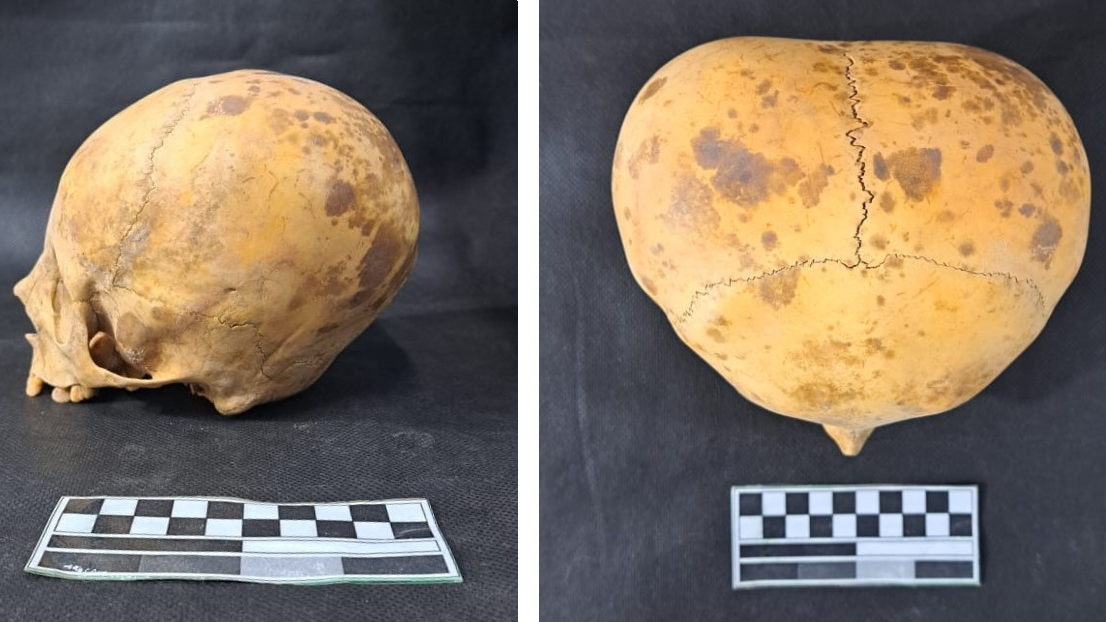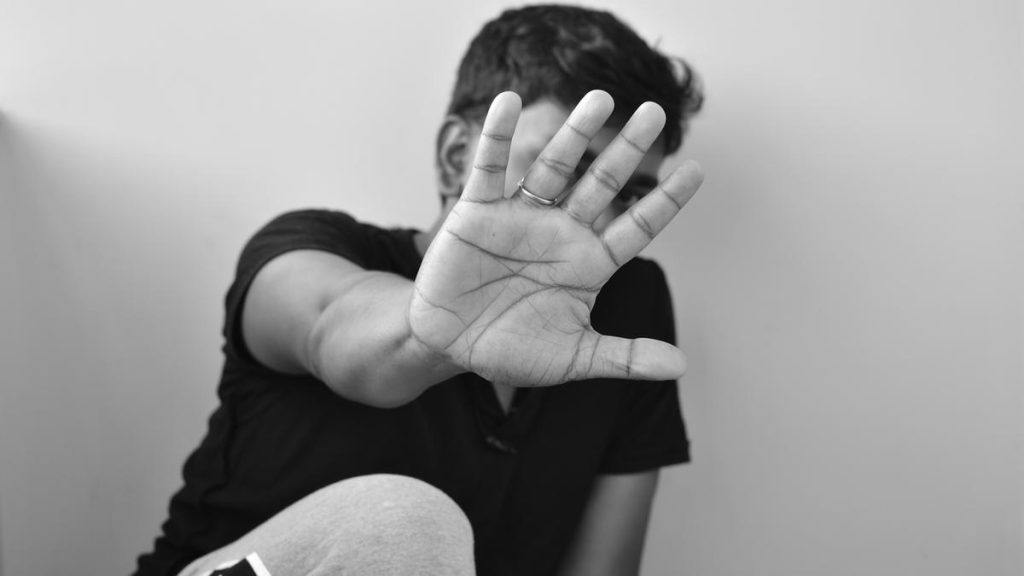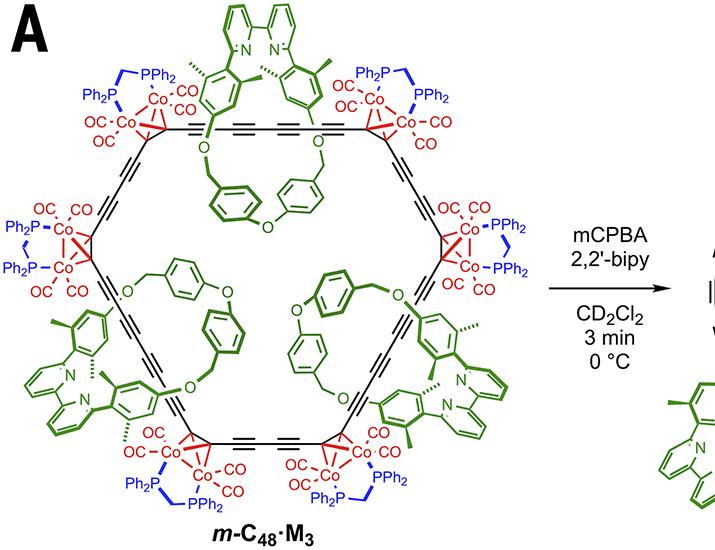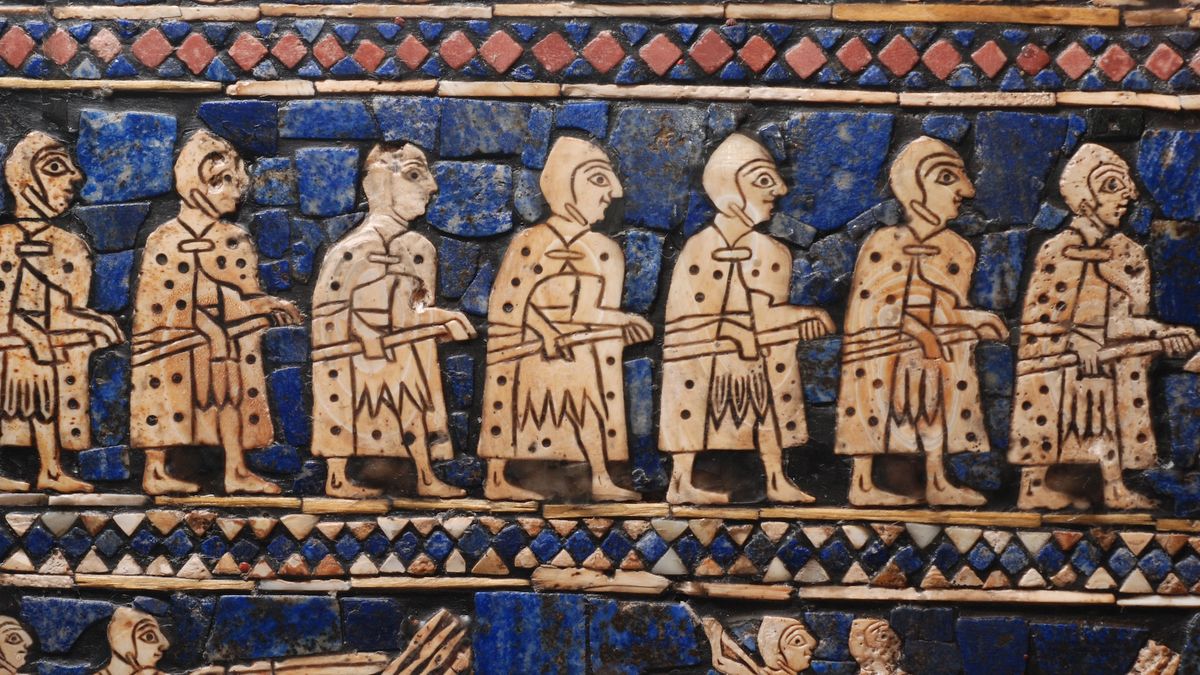Now Reading: ‘Alien’ skull of toddler is actually evidence of long-standing practice of head shaping
-
01
‘Alien’ skull of toddler is actually evidence of long-standing practice of head shaping
‘Alien’ skull of toddler is actually evidence of long-standing practice of head shaping

Quick Summary:
- Workers installing a water pipeline in San Fernando del Valle de catamarca, Argentina, discovered a 700-year-old skull of a child buried with cultural cranial modifications.
- The child, aged 3 to 4 years at death, was buried in the fetal position without grave goods. Pottery fragments nearby pointed to an estimated date between 1100 and 1300 CE.
- The skull exhibited “oblique tabular” cranial alteration-a cultural practice of head shaping using methods like padding or cloth-common in ancient societies worldwide.
- Archaeologists found llama remains and pottery typical of Inca occupation (1430-1530 CE) but not directly linked to this child’s burial site.
- Head shaping had minimal health consequences and was often tied to social identity or preferences in child-rearing practices.Around 90% of ancient skulls studied by the Provincial Directorate of Anthropology show evidence of this modification.
!Child’s modified skull
Image credit: Provincial Directorate of Anthropology / Catamarca Ministry of Culture, Tourism and Sports.
Indian Opinion Analysis:
This archaeological finding sheds light on historical burial practices and cultural norms that transcended geographical boundaries.india, too, has rich traditions linked to ancestral identity preservation through burial rituals or physical customs like body ornamentation. Studying global parallels such as this allows india’s anthropological research community invaluable opportunities for comparative analysis.
Cultural cranial modification strongly reflects societal attitudes toward identity formation-an issue relevant even today when practices surrounding appearance influence collective identities globally. For Indian researchers focused on anthropology or sociology studies, examining findings like these can encourage deeper appreciation for shared human behaviors across cultures historically.
Moreover, advancements demonstrated here (e.g., forensic dating via pottery artifacts) underscore the importance Indian archaeology could place on integrating cross-disciplinary approaches for investigating extinct societal traditions further equating those deeply rooted values universally .Read More


























